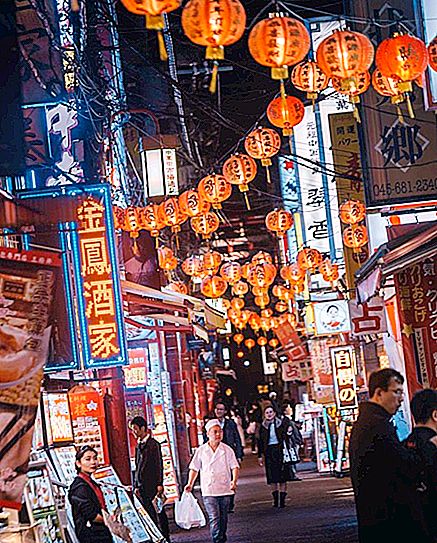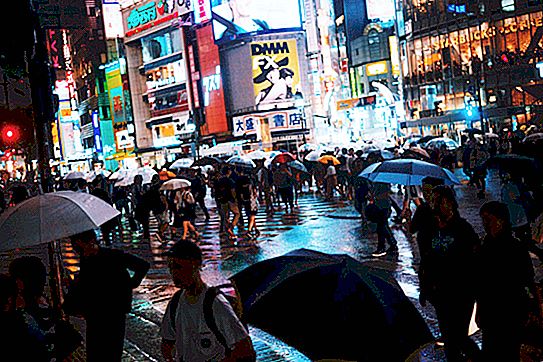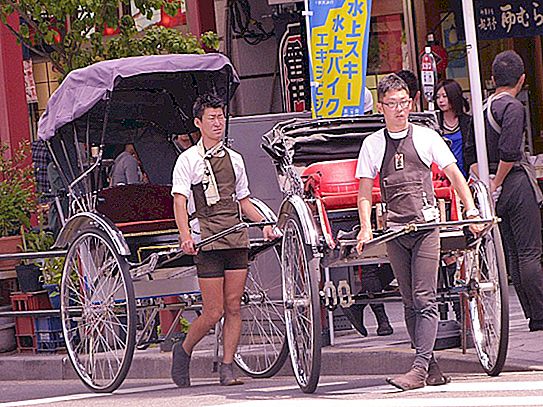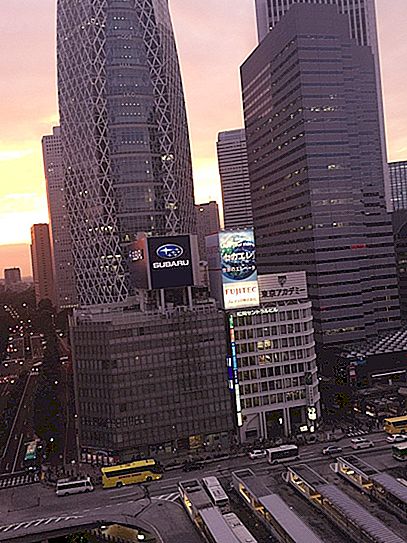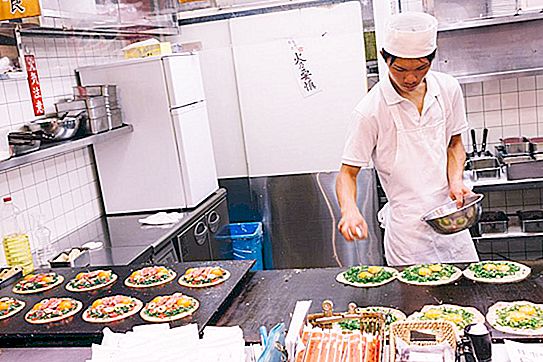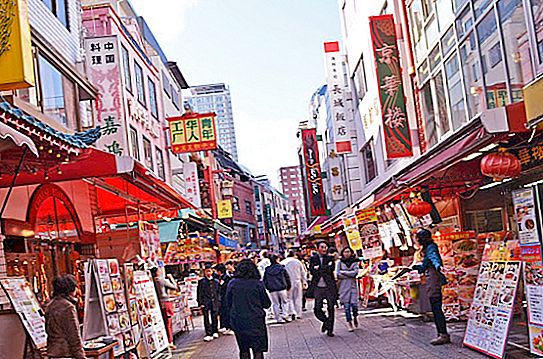One of the most unusual countries for Europeans remains Japan. City streets amaze and delight. There is a lot of everything bright and colorful, incomprehensible and attractive. It is sometimes difficult for a stranger to navigate in the crowded megacities of the Land of the Rising Sun. And it is far from always clear how to behave, what is permissible to do and what is not. The article offers several notes about local etiquette and the peculiarities of the streets of Japan (you can also see the photo).

About silence
It is impossible to believe in it, but one of the most densely populated megalopolises of the planet is the most silent. Apart from some areas, such as Shibuya or Shinjuku, the streets of Tokyo are quite quiet. No one speaks loudly, no one screams, no rumble of constant chatter is heard. A walk in the center of the night capital (for example, in the Chiyoda district) will bring a pleasure comparable to a quiet Sunday afternoon in the park.
Of course, everything that was seen for the first time on the streets of Japan causes almost childish delight and joy, however, emotions should be expressed as calmly as possible and quietly. If you observe from a side a noisy group of foreigners, you can see how awkward their hubbub causes local residents. Even in the center of Tokyo, there are many neighborhoods in which no loud sounds are heard throughout the evening.
About precipitation and umbrellas
Rains in Japan are not uncommon. It is considered extremely impolite to hurt a passerby with his folded umbrella, to wet the clothes of others, to drip on the floor in vehicles and public places. Therefore, after the end of the rain, the accessory must be folded into a waterproof cover. In restaurants and department stores at the entrance you can take a plastic sleeve for an umbrella. This is a free service, as the owners are seriously concerned that the floor is not wet and slippery. In many cities of Japan on the streets you can find special racks with umbrellas, which every passer has the right to use during rain. If not needed, the umbrella is left in another nearest container.
About trash
The streets of Japan at first confuse foreigners with the fact that nowhere is it possible to find garbage containers or bins. Local residents put everything in a plastic bag and carry home to sort, throw garbage in a strictly designated container. And it is generally accepted. Tourists should do the same, especially since in any Japanese hotel, maids empty their trash baskets daily. You can see the waste containers next to the vending machines, but they are intended only for users of these points, and not for general use. Therefore, it is not customary to throw extraneous garbage into them.
About smoking
In Japan, smoking on the streets, especially while traveling, is considered at least irresponsible, as you can ruin your clothes or burn someone in a crowded crowd. Therefore, you can smoke only in specially designated places in the open air. In Japan, there are many areas where it is considered illegal to smoke on the street, and places for smokers are clearly marked. As for bars and restaurants, there are still establishments in the country where visitors are allowed to smoke. These places include most gambling establishments, for example, Pachinko in Tokyo.
About food
In Japanese cities, drinking or eating is considered improbably indecent. This may be a little puzzling. What if thirsty or a desire to satisfy hunger? The streets are considered dirty, so there are special areas for food and drink, in addition, there are many vending machines, cafes, bars and pubs around. Accepted, bought food and drinks, consume where they were purchased. All vending machines have a wastebasket for packaging and empty containers for this place. All street food vendors usually offer small venues for their customers. In no case should you eat on the subway or train, and do not use a folding tray for food in front of the passenger seat if you are on an airplane. Some night trains have a special area for eating and drinking. It should be remembered that eating in public places not intended for this is completely indecent.
On the movement on the streets and in transport
You should always stick to your side of the road in pedestrian areas and allow others to pass freely. Never to bother anyone - one of the main rules and norms of behavior of the Japanese, and this should be respected. Most sidewalks, escalators, platforms in the subway have signs indicating which side to follow. When enthusiastically looking at street curiosities, one must not forget to be careful not to walk along the bike path.
Subway lines and shinkansen (high-speed trains) also have their own zones. You can not look for them, because people have already lined up in line, and it remains only to take their place, but do not forget that coming up close is unacceptable, personal space should be observed. On shinkansen platforms, you can notice circles, squares or triangles with numbers indicating the position and start of the queue. Sitting in the Japanese subway or train, it is imperative to remove the backpack from your shoulders and take it in your hands so that you do not accidentally hurt anyone.
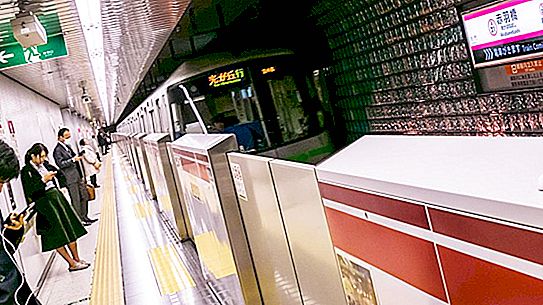
As for taxis in Japan, it is worth considering that the doors in most cars are automatic. which themselves open and close for passengers. Therefore, you should not try to control the doors yourself, this behavior can upset the taxi driver.
Orientation difficulties
The streets in Japan have no names, and here a completely different addressing system is used compared to Western countries - only numbers of blocks and houses are indicated. There are some exceptions to this rule when mainly central highways are named, but locals and postal workers ignore them. The streets of the blocks can deviate at the most incredible angles, diverge and merge with some incomprehensible logic, intersect with tiny streets without clear signs. At the same time, the numbers of the buildings are not observed in a clear sequence. Therefore, finding a place or object at the right address for a foreigner is very difficult, especially in the absence of language skills. What to do in such a situation? You can use a map or navigation system. Most travel brochures or travel guides include small, simple maps, but they are often not up to scale. The locals are very patient and helpful, in the most hopeless situation, without even understanding Japanese, you can still resort to their help.

